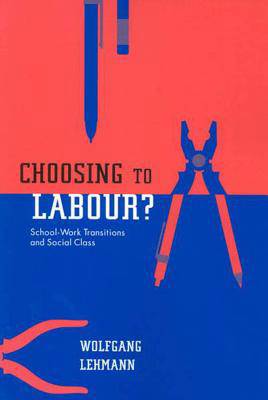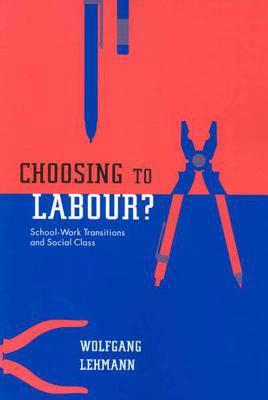
- Afhalen na 1 uur in een winkel met voorraad
- Gratis thuislevering in België vanaf € 30
- Ruim aanbod met 7 miljoen producten
- Afhalen na 1 uur in een winkel met voorraad
- Gratis thuislevering in België vanaf € 30
- Ruim aanbod met 7 miljoen producten
Zoeken
€ 177,45
+ 354 punten
Uitvoering
Omschrijving
Young people about to leave high school argue that they are determining their own destinies. Scholarly debates also suggest that the influence of structural factors such as social class on an individual's life course is decreasing. Wolfgang Lehmann challenges this view and offers a detailed comparative analysis of the inter-relationships between social class, institutional structures, and individual educational and career choices. Through a qualitative study of academic-track high school students and participants in youth apprenticeships in Germany and Canada, Lehmann shows how the range of available school-work transition options are defined by both gender and social class. Highlighting the importance of the institutional context in understanding school-work transitions, particularly in relation to Germany's celebrated apprenticeship system, which rests on highly streamed secondary schooling and a stratified labour market, Lehmann argues that social inequalities are maintained in part by the choices made by young people, rather than simply by structural forces. Choosing to Labour? concludes with an exploration of how public policy can meet the dual challenge of providing young people with meaningful and equitable educational experiences, while simultaneously fulfilling the need for a skilled workforce.
Specificaties
Betrokkenen
- Auteur(s):
- Uitgeverij:
Inhoud
- Aantal bladzijden:
- 232
- Taal:
- Engels
Eigenschappen
- Productcode (EAN):
- 9780773532809
- Verschijningsdatum:
- 6/08/2007
- Uitvoering:
- Hardcover
- Formaat:
- Genaaid
- Afmetingen:
- 152 mm x 231 mm
- Gewicht:
- 453 g

Alleen bij Standaard Boekhandel
+ 354 punten op je klantenkaart van Standaard Boekhandel
Beoordelingen
We publiceren alleen reviews die voldoen aan de voorwaarden voor reviews. Bekijk onze voorwaarden voor reviews.











